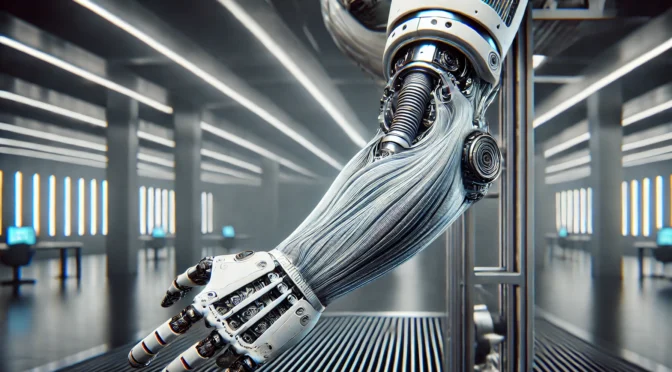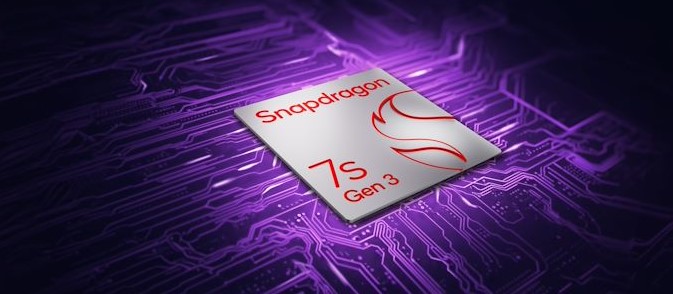[Image by TeX9.net]Skin for Robots – Researchers Develop ‘Human’ Skin from Living Cells
It may sound like science fiction, but it could soon become a reality. Apparently, Japanese researchers have attempted to mimic human skin to make artificial faces appear more natural. Researchers at the University of Tokyo are currently working on developing artificial skin from living cells. Although the results so far still seem quite bizarre, the research team is optimistic that they will soon be able to construct convincingly realistic humanoid robots with self-healing skin.
The artificial skin closely resembles human skin. It is not only soft, but it is also capable of self-repairing when damaged. This is explained by the scientists in their article, which they recently published. However, the concept of human robot skin does not yet seem to be fully developed. In particular, there appear to be difficulties with affixing the artificial skin to a suitable surface. Human skin is connected to underlying structures by tiny strands of flexible collagen and elastin. This is difficult to artificially replicate, as constructing a robot body would be too complex. Instead, the research team attempted to attach the artificial skin using small hooks as anchors. This attempt, however, eventually failed as the hooks tore out of the artificial skin.
Artificial Skin Not Just for Robots
In the meantime, the scientists have come up with some new methods. They have drilled numerous tiny holes into the surface of the robot to attach the artificial skin. They used a gel containing collagen as an adhesive, which fundamentally mimics human connective tissue.
However, it will still be a long road before we actually see the artificial skin on robots. The research team suspects that it will take many years before the technology can be implemented in practice. Project leader Shoji Takeuchi emphasized that another significant challenge is creating human facial expressions by integrating advanced actuators or muscles inside the robot.
In the future, the development of artificial skin could benefit not only robots. It could also be useful for researching skin aging, for cosmetics, and surgical procedures, including plastic surgery.”























